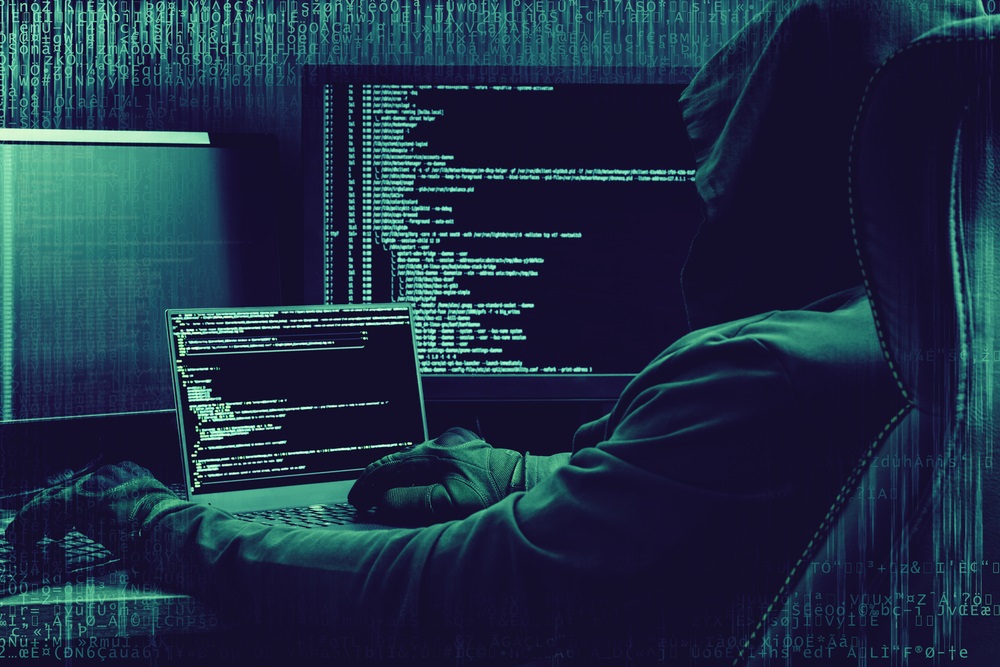Introduction: In today’s interconnected world, where technology permeates every aspect of our lives, cybersecurity has become an essential consideration. With the increasing prevalence of cyber threats and data breaches, protecting our digital assets and personal information is paramount. In this article, we delve into the significance of cybersecurity in the digital age and explore the measures individuals and organizations can take to safeguard their data and privacy.
- Understanding Cyber Threats: Cyber threats encompass a range of malicious activities, including hacking, phishing, malware attacks, and data breaches. Cybercriminals exploit vulnerabilities in computer systems, networks, and software to gain unauthorized access, steal information, or disrupt operations. It is crucial to stay informed about common cyber threats and emerging trends to effectively protect against them.
- Strong Passwords and Authentication: One of the fundamental practices of cybersecurity is using strong, unique passwords for all digital accounts. Passwords should be complex, consisting of a combination of upper and lower-case letters, numbers, and special characters. Additionally, enabling multi-factor authentication (MFA) adds an extra layer of security by requiring an additional verification step, such as a fingerprint scan or a unique code sent to a mobile device.
- Regular Software Updates: Keeping software, operating systems, and applications up to date is vital for cybersecurity. Software updates often include security patches that address known vulnerabilities. Cybercriminals exploit these vulnerabilities to gain unauthorized access, so it is crucial to install updates promptly to protect against potential threats.
- Secure Network and Wi-Fi: Securing your home or office network is crucial to prevent unauthorized access. Change the default network name (SSID) and password on your Wi-Fi router to ensure it is not easily guessable. Enable encryption protocols like WPA2 or WPA3 to encrypt data transmitted over the network. Additionally, avoid connecting to public Wi-Fi networks without proper security measures, as they may expose your data to potential attackers.
- Awareness and Education: Cybersecurity awareness and education are essential in preventing cyber threats. Stay updated on the latest security practices and educate yourself about common tactics used by cybercriminals, such as phishing emails and social engineering. Be cautious while clicking on links or downloading attachments from unknown sources, and regularly back up important data to protect against potential data loss.
- Antivirus and Firewall Protection: Install reputable antivirus software on your devices to detect and remove malware. Antivirus programs scan files, emails, and websites for potential threats and provide real-time protection. Additionally, enable a firewall to monitor and control network traffic, preventing unauthorized access to your devices and data.
- Data Encryption and Backup: Encrypting sensitive data adds an extra layer of protection, making it unreadable to unauthorized individuals. Use encryption tools or enable built-in encryption features provided by your operating system or cloud storage services. Regularly back up your data to secure external storage or cloud platforms, ensuring you can recover your information in case of data loss or ransomware attacks.
- Employee Training and Best Practices: Organizations should prioritize cybersecurity training for employees to create a security-conscious culture. Training sessions should cover topics such as recognizing phishing attempts, practicing safe browsing habits, and handling sensitive data securely. Regular reminders and updates on best practices reinforce cybersecurity awareness throughout the organization.
Conclusion: In an increasingly interconnected world, cybersecurity is crucial for protecting our personal information, digital assets, and privacy. By implementing strong passwords, keeping software updated, securing networks, and staying informed about emerging threats, individuals and organizations can significantly mitigate the risks of cyber attacks. Cybersecurity is an ongoing effort, requiring vigilance, education, and proactive measures to safeguard our connected world. By prioritizing cybersecurity practices, we can navigate the digital landscape with confidence and protect ourselves against potential cyber threats.

